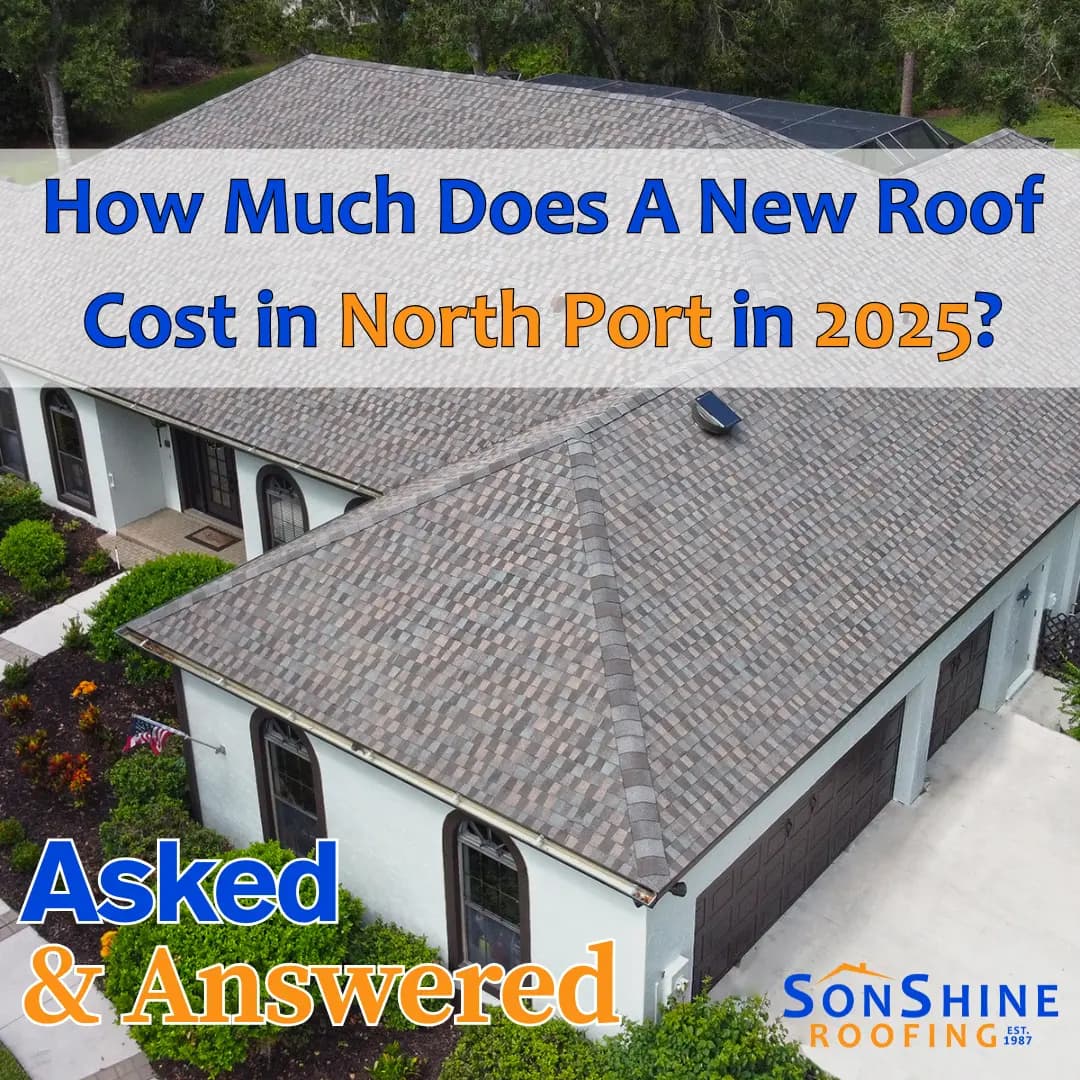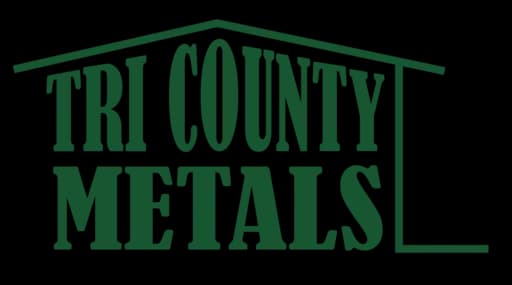Having the right roof is essential for protecting your home, enhancing curb appeal, and maximizing energy efficiency. With so many options available, choosing the best roofing materials can feel overwhelming. But by understanding your climate, budget, and design preferences, you can make an informed decision that lasts for decades.
As a trusted Sarasota roofing contractor with over 35 years of experience, SonShine Roofing is here to guide you through the process of choosing the right roofing system for your home.
Important Considerations When Choosing the Best Roofing Materials
Roofing is a major investment that affects your home’s safety, value, and efficiency. Most roofing materials last 20 to 50 years—or longer—so it’s crucial to choose wisely.
Take the first step
Schedule a fast, no-pressure visit. Since 1987 we’ve got you covered.
Get started1. Durability
A good roof should stand up to Florida’s harsh sun, hurricane-force winds, and heavy rains. Durable materials like metal roofing and slate can last 40–100 years. Even asphalt shingles and green roofs can hold up for 20–30 years with proper maintenance.
Remember to schedule regular roof inspections and repairs to maximize the life of any roofing system.
2. Roofing Material Types
The material you choose affects aesthetics, durability, maintenance, and cost. Common roofing materials include:
- Asphalt Shingles – Affordable and widely used; ideal for many Florida homes.
- Metal Roofs – Lightweight, durable, and reflective; great for hot climates.
- Slate Tiles – Long-lasting and elegant but heavy and expensive.
- Green Roofs – Eco-friendly and energy-efficient; higher upfront cost.
Your local weather and desired look should guide your choice. For example, green roofing works best in temperate climates with proper structural support and maintenance planning.
3. Weight of the Roofing Material
Heavier roofing materials like slate and tile require reinforced structural support. Lighter materials like metal and asphalt are easier to install and often more budget-friendly. Be sure your home’s framing can support the roof you want.
4. Cost of Installation
Costs vary by material. For example, green roofs and slate tiles require skilled labor and specific installation methods, making them more expensive upfront. Asphalt shingles, by contrast, are easy to install and more affordable for many Sarasota homeowners.
Ask your contractor for samples and brochures to compare styles, warranties, and expected maintenance for each material.
Other Factors to Consider
- Climate: Choose materials that can withstand Florida’s heat, humidity, and storms.
- Energy Efficiency: Reflective materials like metal can reduce cooling costs.
- Appearance: Match your roof color and texture with your home’s exterior design.
- Local Building Codes: Check regulations and HOA requirements in your neighborhood.
Choose the Best Roofing for Your Sarasota Home
Ultimately, the best roofing materials for your home depend on your priorities—longevity, sustainability, appearance, or affordability. At SonShine Roofing, we work with a wide range of roofing systems and help homeowners like you choose the best fit for their needs.
If you’re looking to install or upgrade your roof in Sarasota, Manatee, or Charlotte County, contact us today to schedule your consultation with a roofing specialist.















